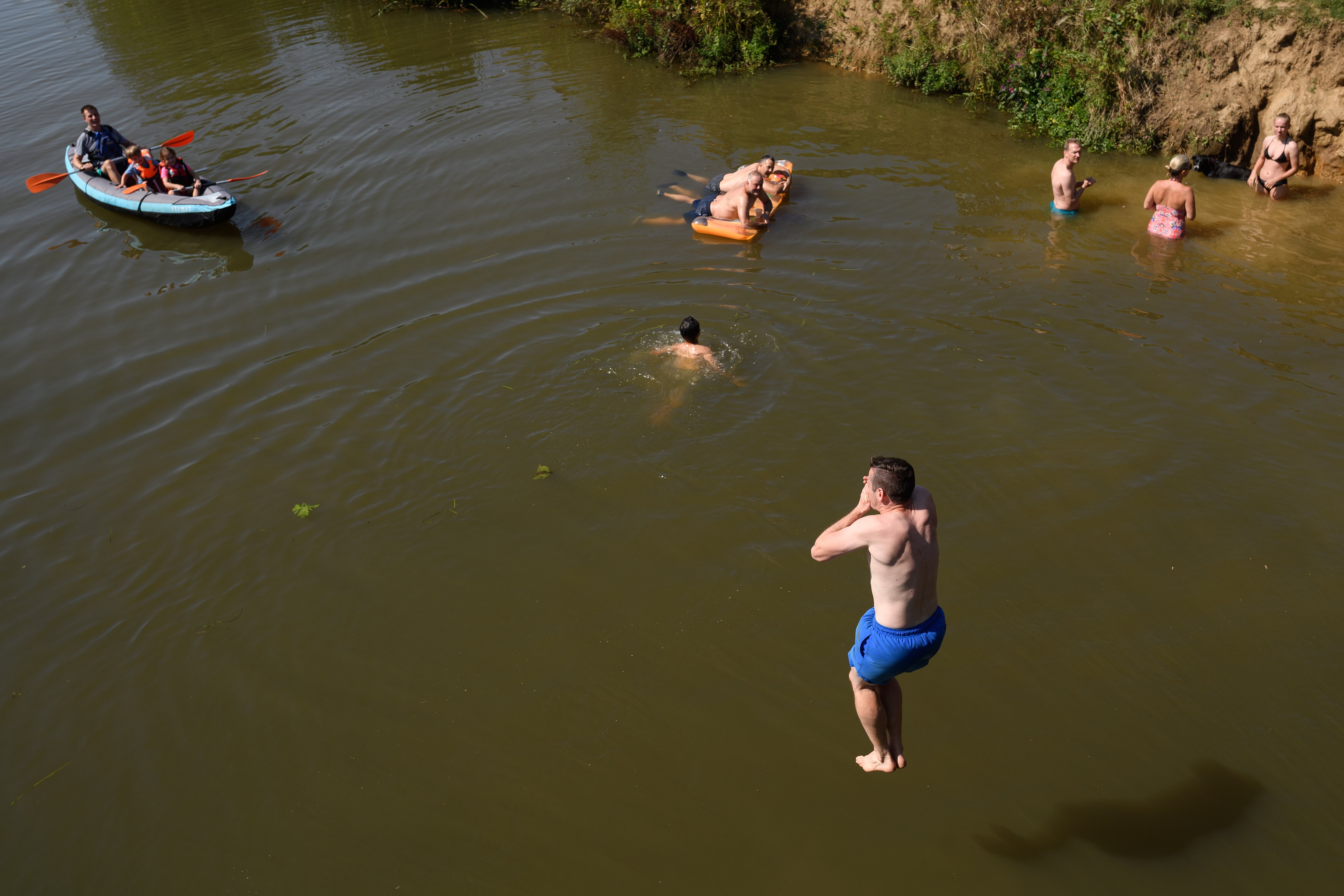River Medway has dangerous levels of cancer causing toxic chemicals
Testing from the Environment Agency found substances that can be deadly to humans and wildlife

The River Medway in Kent is polluted with dangerous chemicals which can cause cancer, breathing problems and harm wildlife, new testing has revealed.
Testing from the Environment Agency (EA) has found the river contains chemicals used in industrial processes, as well as road paving and flea repellents.
Data from the EA, analysed by WATERSHED Investigations, found the River Medway contains substances such as 1,4-dichlorobenzene, which can be deadly to wildlife and even cause cancer.
The EA also found chrysene in the river, which is a component in coal tar, creosote and asphalt, and is extremely toxic. It is believed to cause long-term genetic defects for fish, insects, and aquatic animals.
There are also dangerous levels of naphthalene, cyclohexanone, N,N-diethyl-m-toluamide, pyrene, and fluoranthene, which are harmful to both humans and wildlife.

Angus Kennedy, a coach at Rochester Rowing Club, is calling for anyone who puts chemicals in the water to be “locked up for a long time”.
“Our biggest safety issue used to be people not being able to swim, but now it’s people swallowing water if they fall in,” Mr Kennedy told the Local Democracy Reporting Service.
“We’re really unhappy about how filthy the river has become - the rubbish coming down all the time, you see bottles, canisters, all sorts whenever you row.”
The largest contaminant was caffeine, which can affect reproduction in aquatic wildlife. It is believed caffeine enters the waters via sewage treatment after being ingested by humans.
Mr Kennedy added: “I think it should be a criminal offence to put toxic chemicals in the water, because you’re potentially causing people illness and potentially killing some people.
“Anyone who pollutes our rivers and waterways with nasty chemicals and sewage should be locked up for a long time.”
Southern Water, the company responsible for the area, released nearly 600 million litres of sewage into the Medway in 2022.
“The most recent EA report on Southern Water noted that our wastewater treatment works are at the very top of the industry for complying with the permits which govern them with 99.4% compliance,” the company said in a statement to the BBC.
An Environment Agency spokesperson told the Local Democracy Reporting Service:“The River Medway has a history of intense industrial use and was historically contaminated with many compounds.
“Our routine monitoring tracks the legacy of this pollution and will pick up any new contaminates entering the waterways.
“Some compounds such as chrysene have many sources including the burning of coal, petrol and was a primary constitute of creosote. Naphthalene similarly to chrysene was a by-product of coke production and was used in many industries for dye, insecticides, plasticizers and to sterilise soils against fungi.
“Many of these processes are either banned or reduced, however there will be a historical footprint for many years as the chemicals leach from the soil or are released from sediment in the waterbody.
“Strict regulation of industry backed up by monitoring will continue to reduce the concentration of these chemicals into our rivers and sea.”
Join our commenting forum
Join thought-provoking conversations, follow other Independent readers and see their replies
Comments
Bookmark popover
Removed from bookmarks